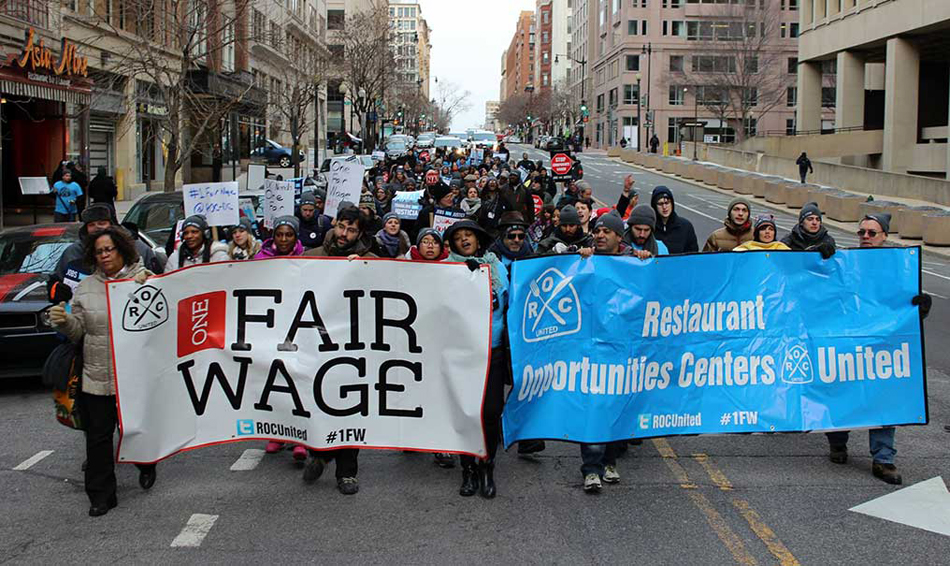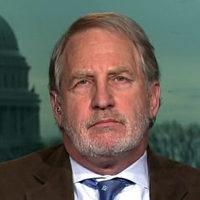
GOP President Donald Trump frequently boasts about “eliminating more regulations in our first year than any administration in history.” This is supposedly a good thing for the American people, even though most regulations are actually “protections,” protecting workers and consumers from health and safety hazards, exploitation, bad food — and being ripped off by their employers.
And although Trump likes to talk about “eliminating” regulations, most don’t just go away. Another regulation – usually weaker — must be issued to take its place. And even when agencies really want to eliminate a regulation, they have to issue another regulation in order to eliminate the first one.
All of these regulations or standards have to comply with the Administrative Procedures Act and/or other laws, like the Occupational Safety and Health Act. The purpose of the APA and the OSHAct are to ensure agencies take all relevant economic and other information into account to back up the new regulation, and that the public has sufficient information and time to comment on the agency’s proposal.
But Alex Acosta’s Department of Labor seems to think these requirements are optional — especially when the background information isn’t favorable enough to the agency’s deregulatory intent.
The saga of the tips rule is just one example
Intrepid Bloomberg BNA reporter Ben Penn discovered DOL’s Wage and Hour Division hid an economic analysis from the public that was intended to back up their reversal of an Obama-era regulation that would have allowed restaurant workers to keep their tips.
Under pressure from the restaurant industry, Acosta’s proposal would have allowed management to split servers’ tips with back-of-the-house workers who don’t earn tips. And according to worker advocates, the new rule “would permit management to essentially skim gratuities by participating in the pools themselves.”
How much did DOL figure workers would lose? Way too much, according to Penn, who spoke to current and former DOL staff.
Senior department political officials — faced with a government analysis showing workers could lose billions of dollars in tips as a result of the proposal — ordered staff to revise the data methodology to lessen the expected impact, several of the sources said.
Although later calculations showed progressively reduced tip losses, Trump Labor Secretary Alexander Acosta and his team are said to have still been uncomfortable with including the data in the proposal.
The officials disagreed with assumptions in the analysis that employers would retain their employees’ gratuities, rather than redistribute the money to other hourly workers. They wound up receiving approval from the White House to publish a proposal Dec. 5 that removed the economic transfer data altogether, the sources said. Comments on their scheme closed on Feb. 5, but not before DOL was inundated with almost 350,000 responses against it.
So let’s get this straight. The Department of Labor has evidence the proposed rollback of a regulation will costs workers billions — and instead of letting the public know that fact, or comment on it, DOL bosses simply claimed, “The department is unable to quantify how customers will respond to proposed regulatory changes, which in turn would affect total tipped income and employer behavior.”
Now figuring this stuff out is complicated, but that’s what agency economists are paid to figure out. An economic analysis for a typical OSHA standard can reach hundreds of pages.
And the Office of Information and Regulatory Affairs (OIRA), part of the White House Office of Management and Budget (OMB), is charged with ensuring agencies’ economic analyses are as accurate as possible. And when some of the data or information is uncertain, the agency traditionally points out the uncertainties in the preliminary economic analysis, which is then open for public comment.
Implications for OSHA and its job safety and health standards
Now, this tips rule isn’t an OSHA standard, but DOL’s action is worrisome for those concerned about worker safety and health. OSHA is currently in the process of weakening its beryllium standard, and reportedly intends to roll back parts of its new electronic recordkeeping standard that requires employers to send injury and illness information to OSHA.
So we have to wonder how reliable the economic analyses are going to be for these deregulatory efforts.
One troubling argument DOL made to justify its new tips rule has also been heard when opposing OSHA regulations. One of the main fears of worker advocates is that there was nothing keeping employers from skimming servers’ tips to keep for themselves. DOL responded by arguing that “managers would be dissuaded from stealing tips, out of fear of employee turnover and decreased morale.”
Right. So if managers are stealing workers’ tips, then workers can just quit and move to another employer who (hopefully) won’t be ripping them off. Workers could do the same thing when managers don’t pay overtime, or don’t pay them at all.
Who needs OSHA standards or inspectors when workers can just quit and get a new, safer job if managers are exposing them to hazardous chemicals, or making them work on high buildings without fall protection? Never mind that the employer community opposes OSHA’s collection — and publicizing — of employer injury and illness information so that workers can actually see which employers are safer….
Hell, who needs any labor regulations when workers are perfectly free to just quit and get another job when they’re being abused? Get rid of the Labor Department’s Wage and Hour Division, and get rid of OSHA and MSHA as well.
As you might expect, there is a lot of unhappiness among worker advocates about DOL’s omission. The National Employment Law Project (NELP) has been leading the fight against the tipping rule. NELP Director Christine Owens is calling on DOL to withdraw the rule.
Heidi Shierholz of the Economic Policy Institute says DOL’s action “shows the lengths to which the Trump administration and Secretary of Labor Alexander Acosta will go to hide the fact that they are taking steps to actively make workers’ lives worse.”
Rep. Bobby Scott, R-Va., ranking member of the House Education and Workforce Committee, the Restaurant Opportunities Center, the National Women’s Law Center and the Leadership Conference on Civil Rights also spoke out against DOL’s tips rule scheme.
ROC organized demonstrations against it in seven cities – including one at DOL where its activists somehow got up onto the roof of the department’s 6-story building and draped a huge banner down the front reading “Trump Don’t Steal Our Tips!”
And Sen. Elizabeth Warren, D-Mass., sent a letter to Acosta saying she is “alarmed and angry” at the report DOL hid the results of their economic analysis and requested copies of all final and interim economic analyses. She demanded the analyses and a list of DOL, OMB and White House officials who received copies of the analyses, and all e-mails related to the analyses within the Department of Labor, and between DOL and the White House.
One more point. If (when) the Democrats are in the majority in either house of Congress, they can hold hearings about scandals like this. Don’t hold your breath waiting for the Republican majorities to call a hearing to look into violations of the Administrative Procedures Act. You’ll suffocate.

MOST POPULAR TODAY

High Court essentially bans demonstrations, freedom of assembly in Deep South

Zionist organizations leading campaign to stop ceasefire resolutions in D.C. area

UN warns that Israel is still blocking humanitarian aid to Gaza


U.S. imperialism’s ‘ironclad’ support for Israel increases fascist danger at home






Comments